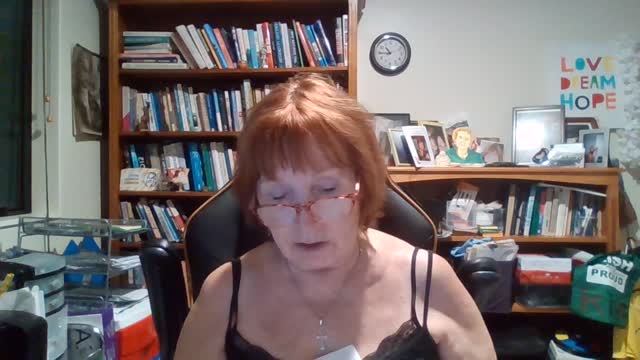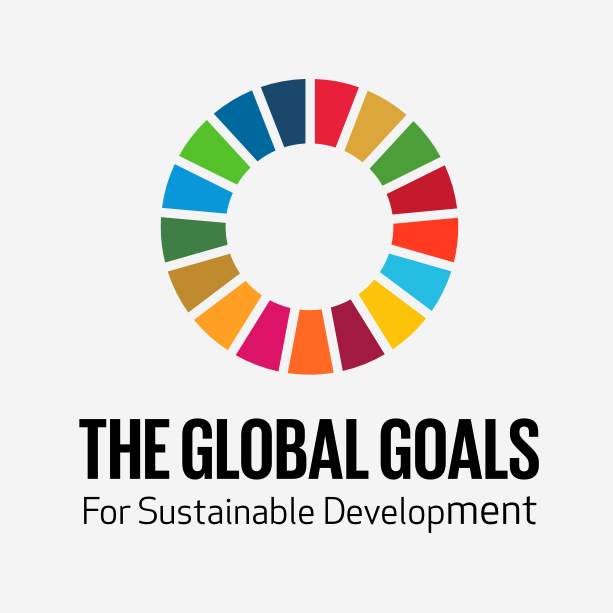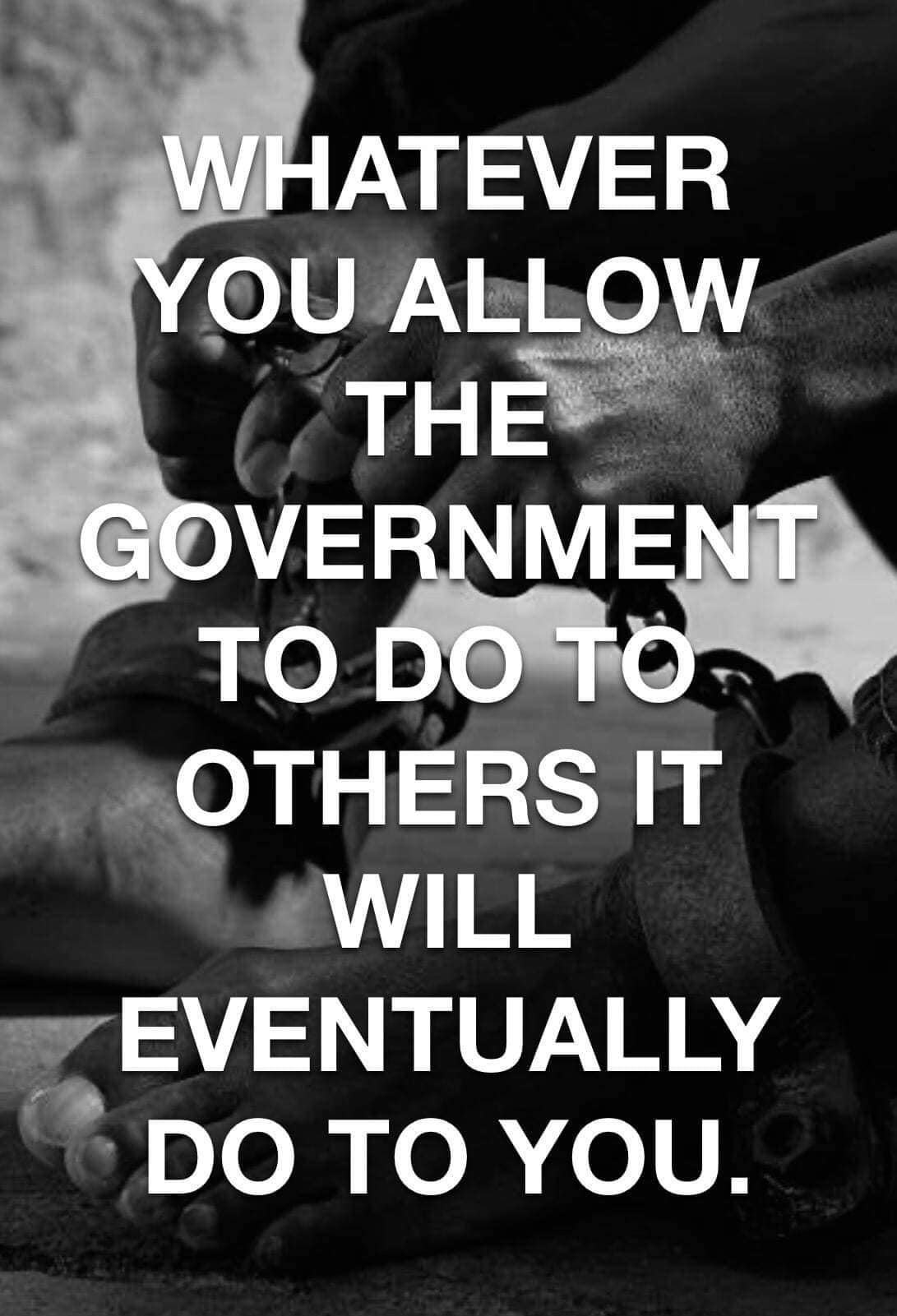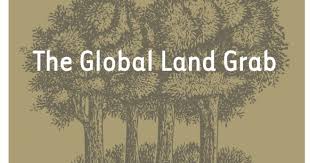COMPHREHENSIVE SEXUALITY EDUCATION. A Review of UNESCO and WHO Standards April 2023 Authored by the ‘Safe Schools Alliance UK’ includes the methodology, Global Reach, Sexuality, Grooming, Gender Ideology, Pedophilic Policy, The Sexualized Concept of the Child a Global Review. The review is of two standards of documents produced by UNESCO and WHO both UN Agencies they underpin the global initiative for ‘Comprehensive Sexual Education (CSE), being promoted by UNESCO (UN)s ‘ Foundation for Life and Love Campaign’. This being completely compatible with the ‘Queer Theory’ entrenched into children’s school classrooms worldwide. This is NOT a safe guarding our children approach but the significantly hugely putting our children at increasing risk of child sexual abuse and exploitation within and beyond the classroom. WHO and UNESCO standards, guidelines depend on unquestioning acceptance that children are sexual from birth.
UN Agencies recognize a child as a person under the age of 18 years and they cater for the ages 0-15 plus and 5 to 18 plus respectively During these age specifications the child is considered to have a right to sexual pleasure, the same sexual knowledge as adults. Thus referred to as ‘children’s as having sexual rights’, presented as ‘the rights to prevent ill health’ therefore ‘protection from abuse’. The UN Sexuality Education is intended to influence the developments of a child’s personality, social interactions and sexual behaviors, an embedded gender ideology with a view to body modification in children’s sexuality education from their earliest years. They see this as justification for providing sexuality education from birth
Sequencing of sexuality education is recommended with the use of matrices, which adopt an iterative approach to repeatedly layer and consolidate sexual knowledge, attitudes, skills and experience throughout the childs life. This is an internationally approved framework- the sexualized grooming of our children worldwide. Sexual grooming to desensitize children to sexual content and behaviors. The onus to protect children from the exposure to sexual knowledge and experiences in the form of sexuality education from infancy will empower them, this is a huge major shift from ‘parental rights to protect their children from harm to where the State the puppets of UN Agencies are demanding control of our children through indoctrination, manipulation, coercion and massive lies.
WHO has reframed all human social interactions in childhood, including parent-child relationships and platonic friendships. Ordinary non-sexual behaviors are now subsumed under the mantle of sexuality education, a completely flexible approach to sexuality teaching ahead of any safeguarding of children. There is no prescribed limit upon sexual knowledge or experience at any age with zilch consideration of child protection from sexual abuse and sexual exploitation. Age consent being seriously undermined. UNESCO and WHO call this a ‘holistic approach’ to education. Sexuality education embedded in every lesson taught whether it be math’s, English or whatever, children are unable to escape this by being withdrawn from one particular class. The UNESCO approach is branded ‘comprehensive sexuality education’, which means refusal to engage in sexual activity may be possible for an unspecified but limited time in a child’s life, determinable by the child because of their sexuality education. However, in contradiction, the underlying principles and philosophies remain the same as those of ‘holistic’ sexuality education, which sexualize the child, and their activities, from birth.
The UNESCO approach is branded ‘comprehensive sexuality education’, which means refusal to engage in sexual activity may be possible for an unspecified but limited time in a child’s life, determinable by the child because of their sexuality education. However, in contradiction, the underlying principles and philosophies remain the same as those of ‘holistic’ sexuality education, which sexualize the child, and their activities, from birth. UNESCO and WHO persist with a radical, and therefore experimental approach. UNESCO’s uncritical centralization of ‘gender identity’ in children’s education was found to be a continuation of the experimental work of (alleged) child sex abuser John Money. Of Morrisville New Zealand. He was a NZ-American psychologist, sexologist a professor a John Hopkins University. He created the concept of ‘gender’ through experimentation. His cruel experiments led two young men to suicide (twin brothers the Reimer twins) they suffered terribly as to being used and terribly abused in John Williams Money’s experiments. John Money is known as the founder of the Trans movement.
The philosophies underpinning WHO and UNESCO’s standards and guidance, including the concept of ‘childhood sexuality’, is found to be the legacy of the abusive, unethical and unreliable research of Alfred Kinsey. Much can be researched about this on line
This UN global framework of teaching sexuality in classrooms worldwide has creating a significant risk of childhood sexual exploitation, and a very serious risk to the overall health for our children. This is clearly institutional child sex abuse, sexual grooming on a global scale. NOTE; UNESCO (UN) presents global recommendations and WHO (UN) are regional recommendations, guidelines for sexuality education. In 2018 WHO collaborators International Planned Parenthood (IPPF) researched the status of sexuality education across 53 WHO member organizations. Now UN Member Nations Governments have committed to UNESCO Global Education2030 Agenda, specifically global development goal number 4 (SDG4). CSE Education ‘Ensure inclusive and equitable quality education, promote lifelong learning opportunities for all’. Resources have been presented to parliamentarian worldwide. Childrens exposure to graphic and ideological extremist material is part of the sexuality education curriculum in schools. Education has been severely corrupted by the sexualization of children and politicized in favor of unscientific, contentious beliefs around sex, sexuality and gender
The international influence of the UNESCO and WHO standards cannot be underestimated. I urge all New Zealanders that believe in protecting our children from harm to demand that whoever sits in Parliament to take a ‘safe guarding approach’. The safety and wellbeing of our children is to be the utmost of importance, consideration in all analysis, evaluation, relevant materials and resources. Protect our children from harm, exploitation, abuse, maltreatment.
Putting Child Protection first and foremost, remove all ideology of sexuality out of schools, remove pseudo science, remove the lies and corruption, remove the sexual exploitation. Ban the political indoctrination and sexual exploitations. No more Drag Queen Story Times in Libraries they belong in adult entertainment not in children lives. Child causality grooming has huge risks as to health issues, anxiety, depression, post traumatic stress and suicidal thoughts. Boys wanting their testicles removed and girls their chests bound. Where children are sexually exploited, groomed, abused they either become introvert or extravert. If extravert at risk of acting out unacceptable sexual behavior, introverted risks serious emotional, mental health issues and suicidal thoughts.
The deliberate targeting, endangering of our children, there is no room for doubts about this targeting your children, there are no doubts about this. This is NOT a conspiracy theory it is a Global Conspiracy that risks serious harm to children’s lives and the breakdown of family relationships. Surely parents, adults, Aunties, Uncles, Grandparents, Teachers cannot just stand by and let this happen, the deliberated sexualizing grooming of our children. The whole worlds children have become a global initiative SDG Agenda 2030.
The Ardern Labour led government introduced the non binding UN Agenda 2030 into Domestic Policy thus making it Binding legally. Then Ardern as guest speaker to a Melinda and Bill Gates hosted gathering of WEF Global Shapers that she was the first in the world to adopt UN Agenda 2030 into government domestic policy making it binding. She then advised other UN Nation States to follow her lead.
We as a Nation of Peoples need to demand that those that reside behind the doors of Parliament to ‘end gender theory’ and ‘critical race theory’. All race based legislations, decision making- policies. To call a halt to the global cascading of global international laws, legislations that determine what we do, how we think, what we consume, how we behave and how we live and how our children are being deliberated targeted by this global cascading insanity that is being imposed on us all.
Children are taught to be global citizens, not good law abiding citizens. Those in parliament are deliberately disposing of the loyal patriotic traditionalism of New Zealanders. A major transformative shift ignoring that brave courageous soldiers died to defend our freedoms and liberties. Those soldiers that will never fade away. The people of NZ I urge you to demand of those that sit within parliament to ‘end critical race theory and gender theory NOW. Of course they won’t because all those political cronies on the electioneering campaign path will not share with you that we are all, including our children are being controlled by legislations that have cascaded down from the Global cabal. The World Economic Forum mapping strategic interdependencies SDG 4 Global Education. WEF 2015 fully supports Education Agenda 2030. Transforming Schools of the Future (WEF) Agenda 2030. Introduced globally acted out locally in all UN Nations by parliamentarians, local government ..Local Governments- Councils- Drag Queens in Libraries Story Time for children.
Here is reality we were introduced to the ‘traffic light’ system during COVID 19 lockdowns. On page 25 WHO global status report, country curricula are rated according to levels, thus adopting a traffic light system according to whether a curriculum is identifies as ‘gender responsive’
- Grey indicates ‘No Comprehensive sexuality education *Red indicates related curricula, with some themes unspecified * Amber indicates ‘gender responsive’ curricula in secondary schools *Green indicates ‘gender responsive’ curricula in both primary and secondary schools
Gender is defined distinctively from biological sex. Much of the developing world is rated ‘green’ or ‘amber’. There is an intense focus on gender identity and LGBTQ+1 lives distinct from biological sex. All underpinned by Human Rights legislation. The Tyranny of Human Rights worldwide. Definitely in New Zealand. Thus this is a RED FLAG for us
Wake Up New Zealand your children being deliberately targeted and are seriously endangered
...






